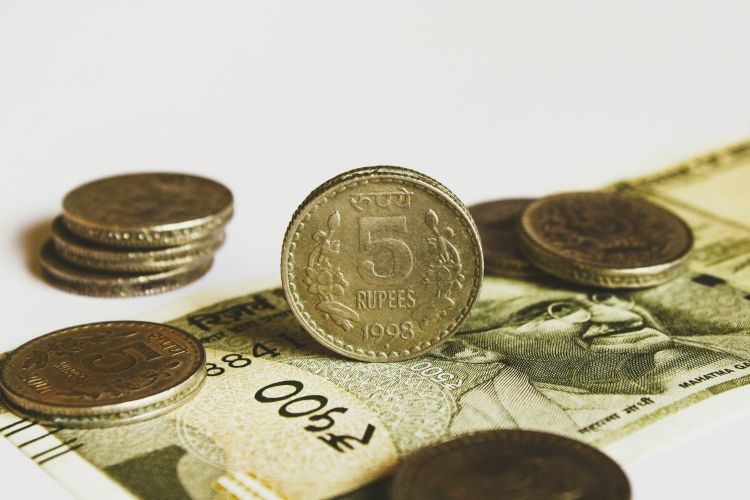
The rupee is facing a challenging week, with the domestic currency falling to a new all-time low of 83.9725 against the dollar on Wednesday. The primary reasons for the decline are the unwinding of carry trades, rising crude oil prices, and high dollar demand from local importers. Although the Reserve Bank of India (RBI) intervened by selling dollars to stabilise the currency, ongoing market pressures have left the rupee at its weakest ever closing level.
As the currency has been hitting record lows for four straight sessions, the apex bank has instructed select large banks to avoid excessive speculation against the rupee. The RBI is striving to prevent the rupee from sliding below the psychological level of 84, as this could cause market panic. Investors withdrawing funds from carry trades involving the Chinese yuan and Japanese yen have put significant pressure on the local currency. Persistently strong bids on the dollar-rupee pair in the non-deliverable forwards market are also contributing to the slide.
READ | Hasina’s exit: Political crisis in Bangladesh threatens regional stability
The dollar strengthened, with the index climbing 0.3% to 103.3 as US Treasury yields rose. The 10-year yield increased by 4 basis points to 4.02%. The Japanese yen and offshore Chinese yuan depreciated by 2% and 0.4%, respectively, amid a mixed performance for Asian currencies. MUFG Bank warned that despite recent market calm, a return to low volatility is unlikely due to potential economic slowdown in the US, divergent monetary policies, and geopolitical risks.
The Indian rupee has depreciated by 0.87% since the start of the year and 1.5% over the past 12 months. In comparison, the Vietnamese Dong declined by 3.6% and 5.9% respectively in the same periods. The Indonesian Rupiah has weakened by 4.5% year-to-date and a steeper 6.5% since August 2023.
Rupee Outlook
Analysts forecast a downward trend for the rupee due to a strengthening US dollar and heightened geopolitical tensions in West Asia. While the rupee will remain under pressure in the near term, analysts remain optimistic that the central bank will not allow sharp declines. The RBI does not have an appetite for further depreciation, but the Indian rupee may still have more room to weaken, according to the real effective exchange rate (REER) data released by the RBI. India’s rupee was 6.5% stronger in June compared to a basket of 40 other currencies, as measured by the REER, which accounts for inflation.
Economists believe the domestic currency is overvalued and suggest that even the central bank has been taking steps to address this issue. To counterbalance the rupee’s appreciation, the apex bank has been purchasing dollars from the market. Analysts believe this intervention aims to correct the currency’s overvaluation as measured by the REER. According to a note from Barclays Bank, the RBI’s actions are intended to maintain India’s competitiveness as the country seeks economic advancement.
India’s foreign exchange reserves have climbed to a record high of $670.8 billion since early June, reflecting the RBI’s dollar purchases. Despite a surge in foreign investments of over $10 billion into Indian equity and debt markets post-election, the rupee has depreciated by approximately 0.8% since June 4.
The Indian currency is now the worst-performing Asian currency, witnessing a U-turn from being the leader in the first half of the year, and the decline is likely to extend. This is despite the country emerging as a top destination for global investments. While the Indian stock market has attracted record inflows, buoyed by the inclusion of Indian bonds in global indices and investor optimism, the rupee has failed to benefit from this trend. While domestic currencies are typically expected to benefit from foreign inflows, this has not been the case with the rupee.
Looking ahead, a positive performance in global equities could provide some support to the Indian currency at lower levels. Additional factors influencing the rupee include the potential for further intervention by the Reserve Bank of India, which could provide support to the currency.
Investors are also closely monitoring the RBI’s upcoming monetary policy decision for potential impacts on the domestic currency. Any indication of a dovish shift in the central bank’s August 8 policy may further push the rupee lower. The apex bank is anticipated to maintain the status quo on interest rates this week and is likely to adopt a gradual approach to rupee depreciation, preventing excessive volatility while allowing for a measured weakening of the currency. The USD-INR spot price is likely to fluctuate between Rs 83.75 and Rs 84.20.
